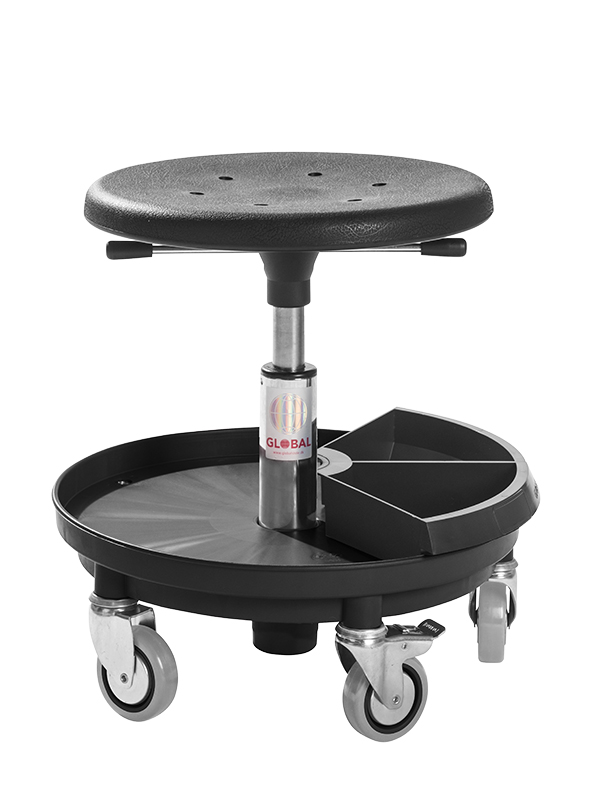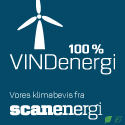Sustainable climate accounting
We chose to develop a carbon accounting report to measure our environmental impact, identify improvement opportunities, and create positive change through initiatives such as:
Sourcing - Substitution - Reduced resource consumption - Reduced energy consumption - Long lifespan
Sourcing and substitution
Local supply chains
We prioritize sourcing as locally as possible within Denmark and Europe.
- We reduce our environmental impact by lowering CO₂ emissions from transportation.
- We build strong partnerships with suppliers who meet our standards.
- We achieve greater flexibility and faster delivery times, improving our ability to respond to customer needs and market changes.
The right materials
We continuously work on substituting components and raw materials with alternatives that have a lower environmental impact. This also means an increased use of recycled materials such as plastic, steel, and aluminum.
A good example of substitution is our popular technician chair, Sigma 400P.
By substituting the plastic material alone, we reduced the CO₂ footprint by 27.7% per chair.

Recycled materials
In addition to measuring the CO₂ footprint, we now also have data on reusability and recyclability.
Recycled materials generally require less energy to produce than new materials, and by using them, we reduce the amount of waste. This decreases our dependence on natural resources and contributes to a sustainable future for the planet.
Our work is rooted in the desire to produce seating solutions with a lower CO₂ footprint, without compromising on quality and comfort.
Reduced consumption
100% CO₂-neutral wind energy
We have transitioned our energy consumption from fossil fuels to exclusively using electricity for heating and throughout our entire production process.
Additionally, we have converted our total electricity consumption to 100% CO₂-neutral wind energy, produced by Danish wind power.
This means our production is now powered by clean, renewable energy. This is part of our dedication to reducing our environmental impact and promoting sustainability in all aspects of our business.

´

Orchard; CO₂ reduction and job satisfaction
There are two ways to reduce the amount of CO₂ in the atmosphere. We can emit less CO₂ - and we can remove CO₂ from the air and store it. Trees can do both. Forests play a key role in the climate because trees, through photosynthesis, can absorb CO₂ from the air and store CO₂ as carbon in the biomass of trees (stems, branches, roots) and in the soil.
In our modest size, we have chosen to plant fruit trees, which can help reduce CO₂ and contribute to job satisfaction with fresh fruit in season.
The long lifespan
The long lifespan of our products directly benefits the environment:
- Reduction in resource consumption: fewer resources, raw materials, and energy used
- Reduction in waste: decreased environmental impact from landfills and incineration plants
- Reduction in CO₂ footprint: fewer production cycles, leading to a reduced CO₂ footprint from raw material extraction, production, transportation, and distribution.
Designed for longevity
We had the pleasure of "borrowing" a kindergarten to take environmental photos of our stools. With a car full of ergonomic seating solutions, including our Sigma 400P, we arrived excited and ready to showcase our products in action.
The teacher who welcomed us smiled and mentioned that they already had one of our stools. She then showed us the finest Sigma stool, just with traces of creative paint streaks from the children's activities.
Curiously, I asked how long they had been using the stool as a work tool. She replied that it had been in the kindergarten since she started working there, which was 21 years ago...
This experience highlights the long lifespan and quality that our ergonomic seating solutions offer.
It's sustainability in practice!
